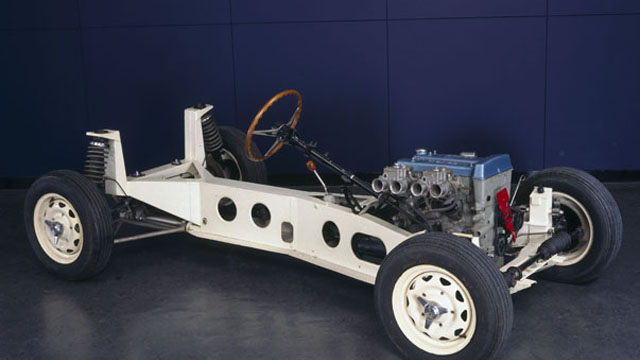
Badge engineering, also known as rebadging, is the process of designing a vehicle with the intention of marketing and selling under different brand names, often with insignificant style and cosmetic alterations. A popular example is the Buick LaCrosse, which some in Canada may know as the Buick Allure due to the unsavoury connotation of “la crosse” in Quebec French vernacular.
On the subject of names: to many the term “badge engineering” is considered ironic because the process in itself eliminates the act of engineering. Changing the badge on the frame of the vehicle and on the dashboard is a simple, effective and sometimes risky marketing strategy, but hardly engineering.
Marketing vehicles to different regions is a popular form of badge engineering. General Motors does it by owning different manufacturers and rebadging the vehicles according to the desired market. While South Koreans can drive around in a Daewoo automobile in Asia, North Americans can enjoy a ride in a Chevrolet. Same car, but a different badge.
Although it is a common custom, manufacturers often receive criticisms for badge engineering due to the fact that it may hinder overall sales. And having numerous identical vehicles on the road with different identities can saturate the market with the same product, lowering the manufacturer’s reputation.
History of Badge Engineering

Badge engineering can be traced back as far as 1917, but the industrial practice of rebadging originated from Alfred P. Sloan, who was the CEO of General Motors from the 1920s to the 1950s. Sloan implemented the system to solve two separate problems: optimizing sales in different regions and marketing to people on different economic levels.
By designing one vehicle and selling multiples under different names, GM was able to tap into consumer’s loyalty for a brand. The name itself affected people’s psyche enough that badge engineering started saving the company money in the long run.
Badge engineering lowered costs for manufacturers and consumers by allowing car makers such as GM to design vehicles with a variation of parts. While the chassis and drivetrain remained the same across the board, the sheet metals, the interior setup and other elements of the vehicle were either downgraded or upgraded, depending on the target market. By using the cost of one design, GM was able to create vehicles for a wider demographic.
Badge engineering peaked near the end of the ‘90s when GM had an increasingly large dealership network. It became a competition within the brand itself. Rebadging vehicles and creating so many surplus products ended up being one of the many factors leading to GM’s bankruptcy.
Badge Engineering vs. Platform Sharing

The difference between the two concepts is that platform sharing tends to go a few steps further than simply rebadging a vehicle.
Like brand engineering, platform sharing is a cost-saving initiative, but instead of producing a similar product under a different name platform sharing uses a single platform to build two or more types of vehicles with different applications. For example, a sports car and an SUV can share the same platform.
While badge engineering creates cars targeted for one particular audience like, say, those who want a sedan, platform sharing creates cars that have a similar basic structure, like a shared chassis, engine and transmission.
The result is often surprising to consumers. Who can believe that the Audi TT and Volkswagen Golf share the same platform – the Volkswagen Group A platform?
Future of Badge Engineering

Today, badge engineering is still a practice used in the automotive industry, and those in charge have a clearer perspective of what is profitable and what is detrimental. That said, we should all be wary when investing in products that overlap with others too much. The market is competitive in today’s economy and automotive manufacturers need to create products that stand out. It’s simply not good enough to have a different name anymore.
Automotive manufacturers are eager to enter new markets, but they are hesitant when creating another competition for themselves. Learning from past mistakes, companies that have pursued badge engineering in the past will undoubtedly continue doing so – but hopefully they will get better at it. The practice is capable of saving tons of money, which is why manufacturers cannot seem to break this habit.






